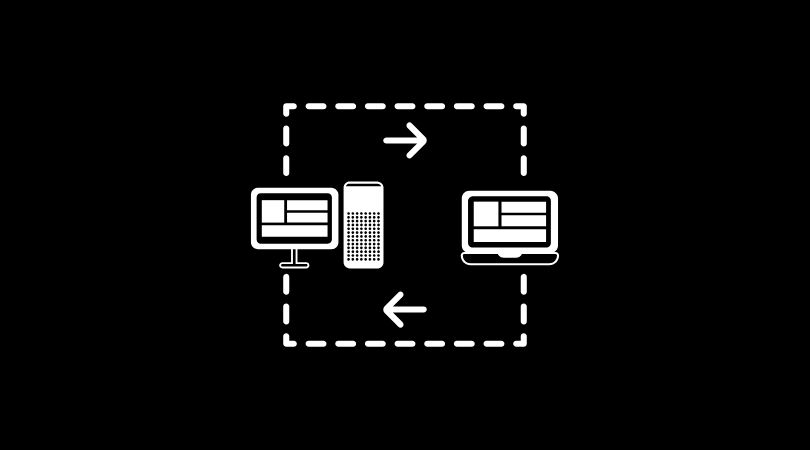Construction projects are complex. You have contractors who need to coordinate, timelines to manage, materials to track, and budgets to maintain. On top of that, most of the teams who collaborate with each other may not use the same programs, applications, or software to track, create, or store their data for a project.
We’ve talked about combining designs into one place, but what about the data from a project? Construction data provides a wealth of insight to areas of a project that could be improved, but data is only as useful as its ability to be understood. This is where Business Intelligence (BI) can lend a hand to simplify large scale project management. To leverage BI’s full potential, your site needs to be well connected.
What is Business Intelligence (BI)?
Let’s all make sure we’re on the same page.
| What It Is | What It Uses | What It Does |
|---|---|---|
| Combines process, data, and cross-system reporting | Applications, tools, and infrastructure | Monitors KPIs, tracks project progress, synthesizes data for informed decision-making |
BI eliminates:
- Hard to read data
- Sorting issues
- Confusion around important highlights
- Differences in program language and data sorting
- The need to run even more reports just to get a high-level view of data
Why BI relies on connectivity
BI is designed to address and correct efficiency and cost-effective issues in business. For construction, this includes the trailer and the field as well as the office. But the problem with those outdoor locations is that they’re often in remote areas where finding a reliable connection is challenging.
Some of the data you’ll want to collect from the field includes:
- Work logs
- Timecards
- Notes
- Safety checks
- Quality control
- Accidents
- Scheduling delays
- Weather delays
- Visitors on-site
- Blocked areas
- Rentals
- Tasks (open vs closed)
- Documentation and compliance

Having current as well as historical data on these items help you predict where problems could or are happening sooner so they get corrected faster. To be able to collect this information, your site needs to be properly configured to provide connectivity everywhere you need it.
The trouble is that only 37% of workers are able to access information outside of the trailer, which means there’s a lot of data going uncollected and unreported. This is where BI implementation gets stuck; firms lose faith in the value the tool provides when data is inaccessible. Further, those separate tools and applications you’re using only serve to silo data unless you’re storing it all in one location. On top of that, you’re probably not even thinking about how connectivity plays a role in your ability to use your tools. You’re left with one giant mess.
Cleaning up the mess

Business Intelligence was created to sort the data, making it easier to understand (usually with visuals). This visibility makes in-the-moment decision-making far more clear so your work can keep
moving forward. But you can’t get there without a reliable connection with enough bandwidth to support your team. Make sure your site is properly connected, no matter where you’re located.
Before you hit the ground running with BI, you need to make sure all of the data you want to use is all in one place. Check out our article on big data.






